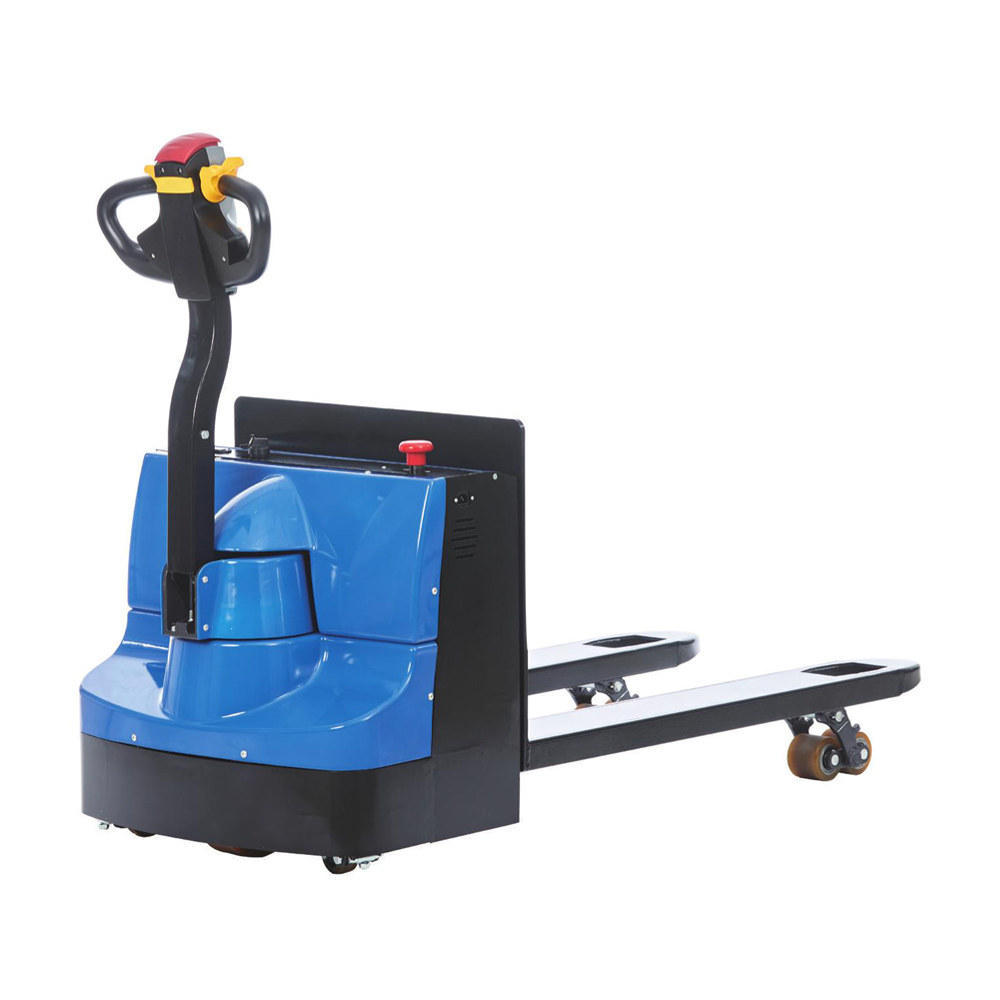
CALL ANYTIME
0086-572- 6129011


Top class range of pallet truck with excellent designs,Reliable, Sturdy, torsion-resistant. Profess...
See Details
EPT15/E & EPT20/E series pallet trucks are the smart design best value electric pallet trucks ...
See Details
Ideal and economic choice for manual transport and lifting,with its different mast options(1600.2500...
See Details
Battery is placed at the rear of the truck. The battery can beremoved from the rear enables the batt...
See Details
The QES Series is an economical long -tiller pallet stacker, with the rated load capacity of 1000kg...
See Details
In small warehouses, production or retail environment and especially height limited space, the Stra...
See Details
INTRODUCTION In small warehouses, production or retail environment and especially height limited spa...
See Details
The stacker designed to be used with high efficienty even during their multi-shift operation. The co...
See DetailsThank you! ()
Your message has been well received. We will get in touch within one working day. Please look out for emails from [email protected]
Look forward to a good business start with you. Thank you!